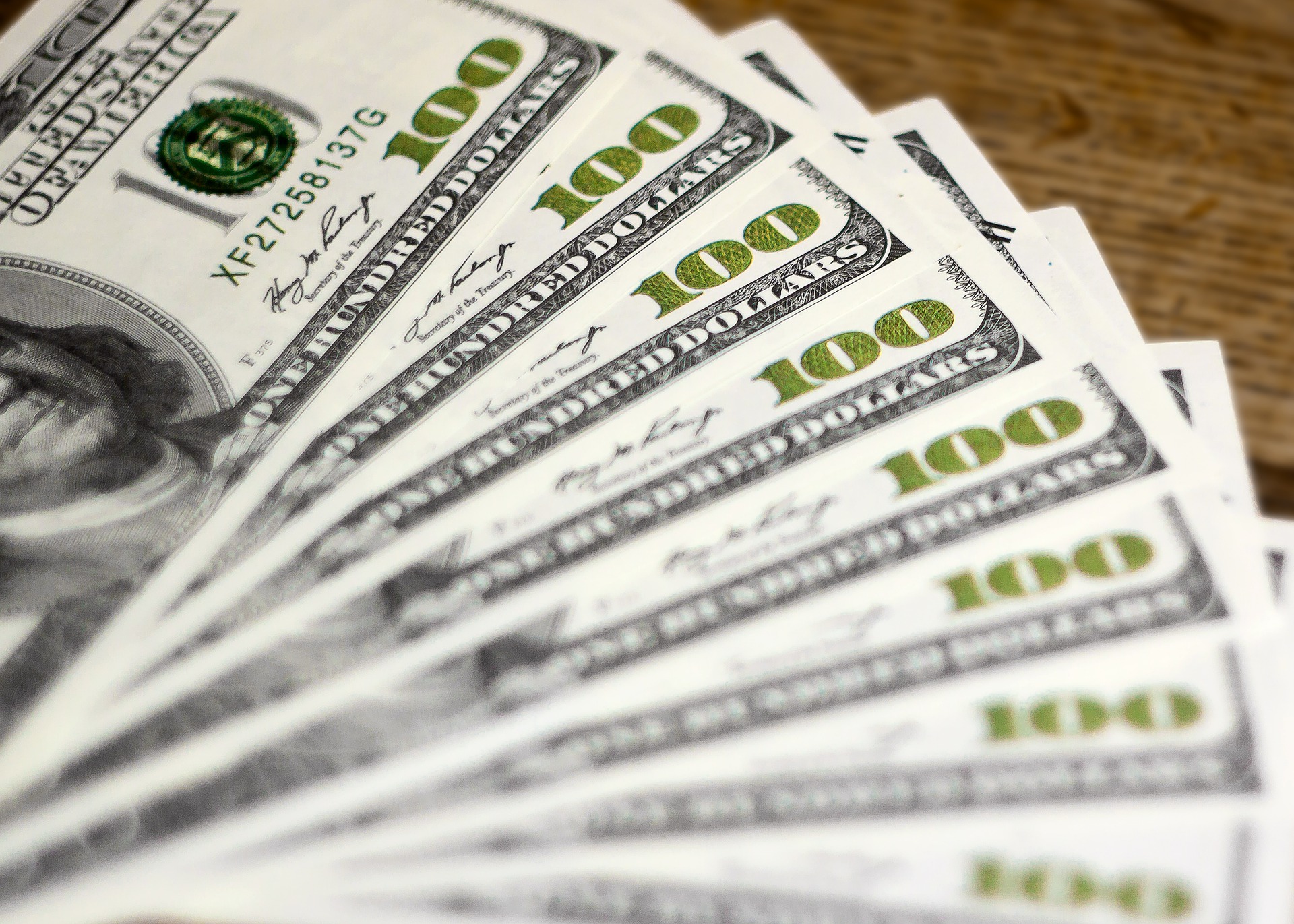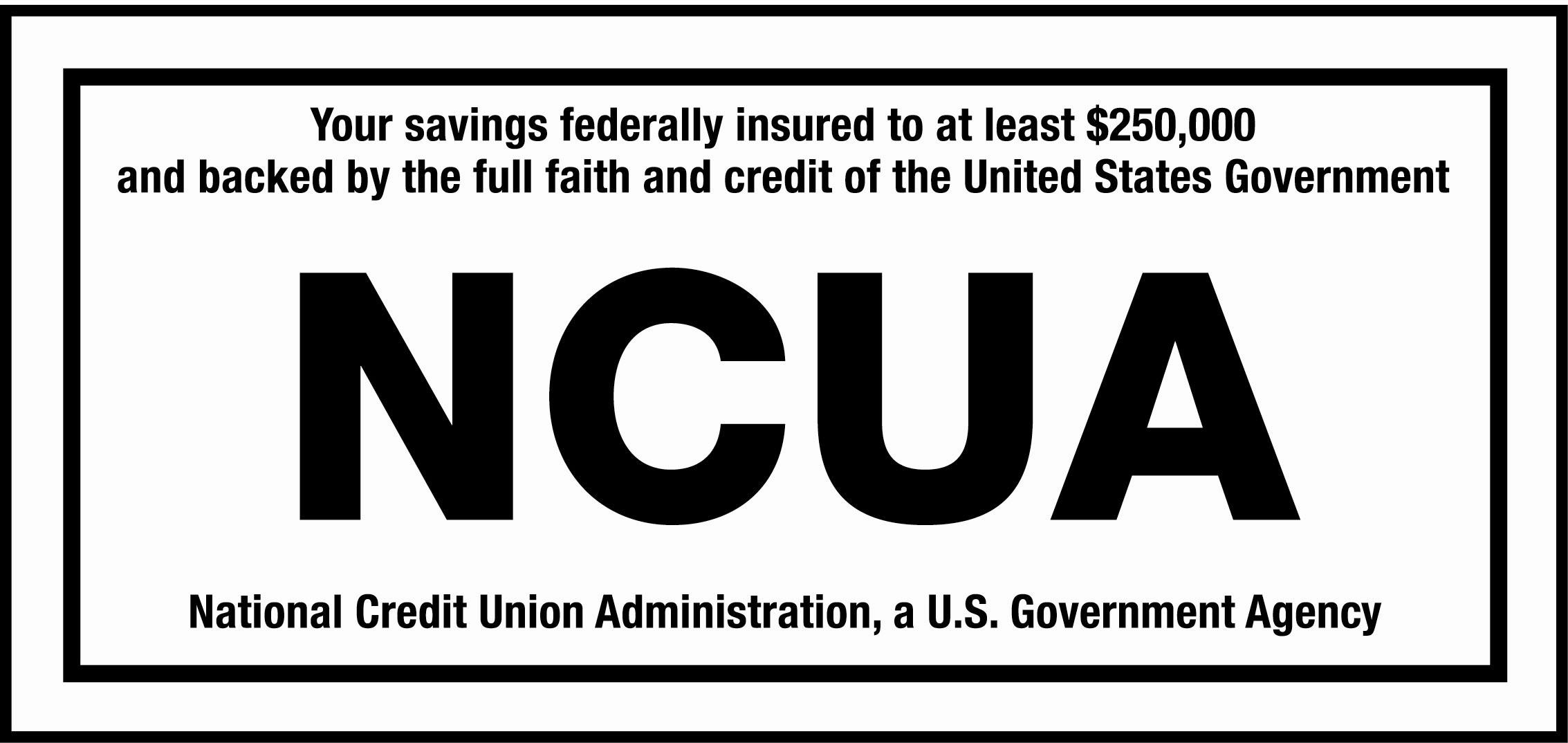8 Ways to Spot a Counterfeit Bill

Everyone loves a stash of cash — unless it’s fake. Unfortunately, there’s been a surge in the spread of counterfeit bills during the coronavirus pandemic. Bogus bills can be difficult to spot. Here are some signs to help you determined if it’s the real thing:
- When held up to light, the hologram on the bill should match the face on the front of the note.
- Holding a genuine bill up to light will reveal a thin vertical strip of text spelling out the bill’s denomination.
- If you tilt any of the new-series bills (except for fivers) back and forth, the numeral in the lower right-hand corner will shift from green to black to green again.
- The watermark of the bill can be seen in an unprinted space to the right of the portrait when held up to light.
- When held up to light, a security strip near the portrait can be seen.
- When held up to ultraviolet light, authentic bills will glow: $5 bills glow blue, $10 bills glow orange, $20 bills glow green, $50 bills glow yellow and the $100 bill glows red.
- Look for tiny microprinting on the bill’s security thread, which spells out its denomination.
- Look for very fine lines behind the portrait and on the other side of the bill as well.
What to do if you’ve been passed a counterfeit bill
If a note you’ve been passed does not hold up to the authenticity tests, and you believe it’s a counterfeit bill, the U.S. Treasury advises the following course of action:
- Do not put yourself in a position of danger.
- Do not return the bill to the passer.
- If possible, delay the passer with an excuse.
- Take note of the passer’s physical appearance and record their vehicle license plate if possible.
- Contact your local police department or call your local Secret Service office.
- Write your initials and date in the white border area of the suspected counterfeit note.
- Do not handle the counterfeit note. Place it inside a protective cover until you can pass it on to an identified Secret Service agent.



